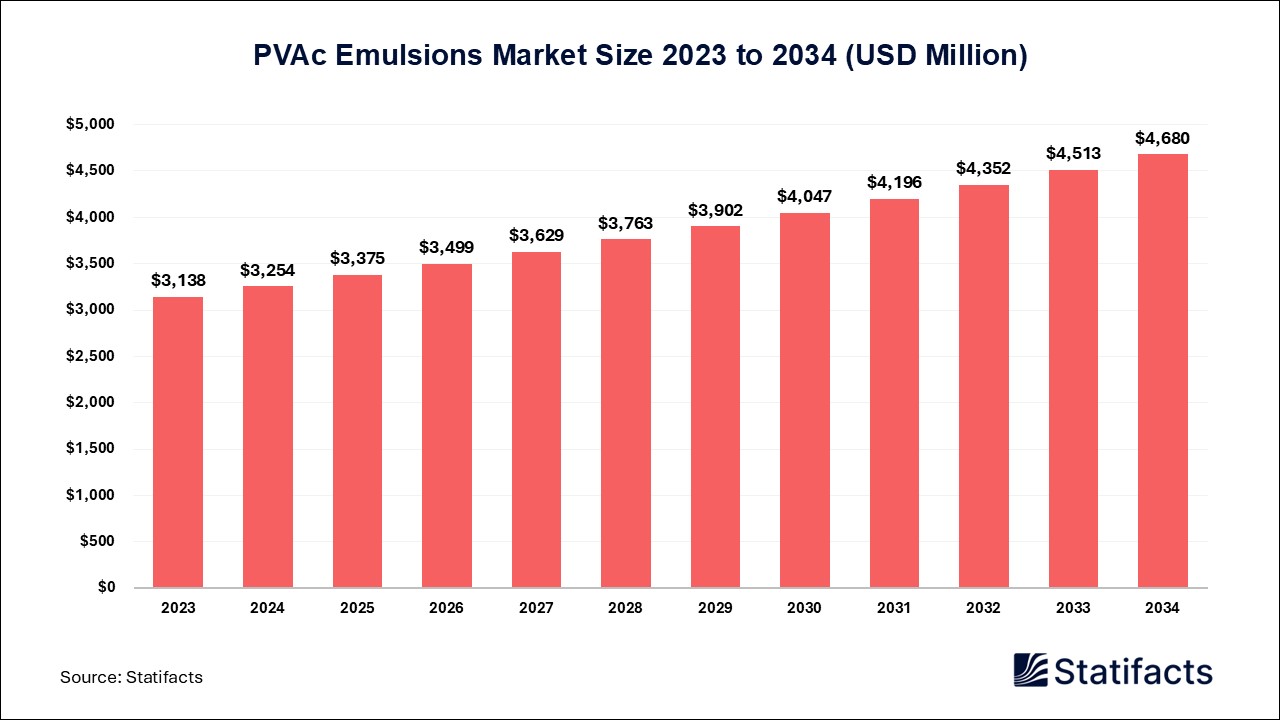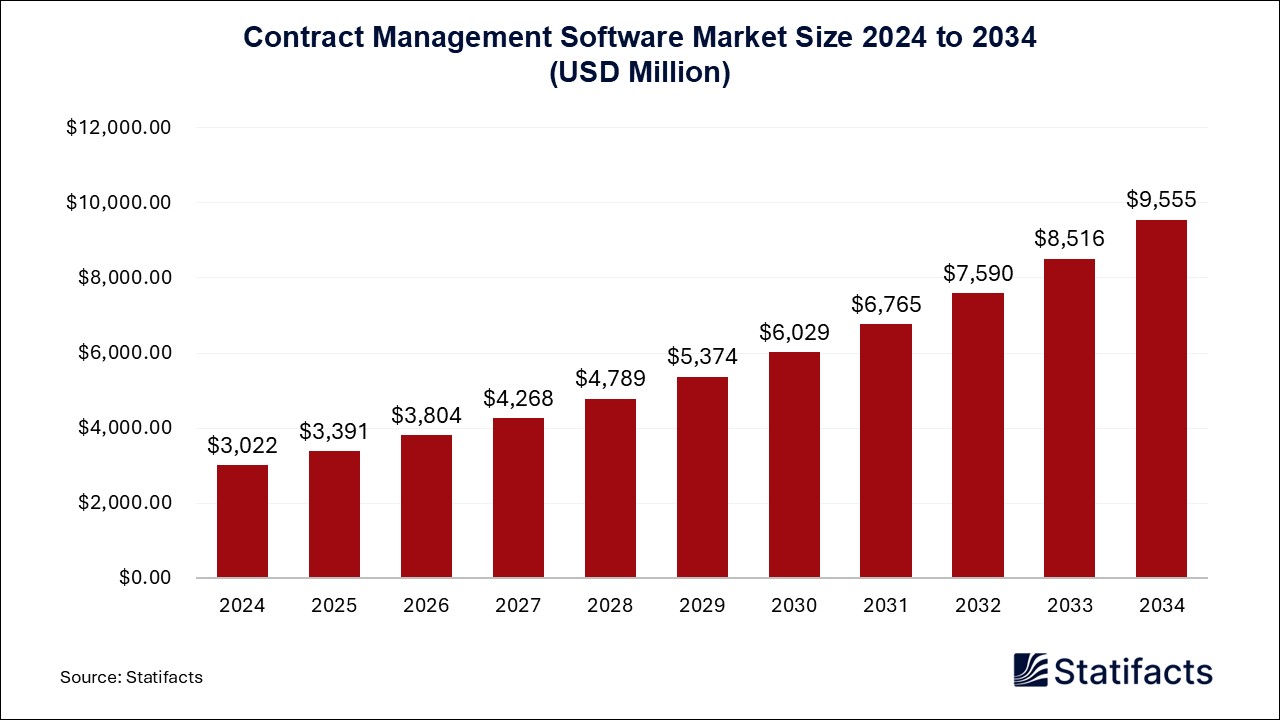

Our customers work more efficiently and benefit from
The U.S. pharmaceutical manufacturing market size accounted for USD 129.16 billion in 2024 and is predicted to touch around USD 437.67 billion by 2034, growing at a CAGR of 12.98% from 2025 to 2034.
The U.S. pharmaceutical manufacturing market refers to the production, distribution, and application of pharmaceutical manufacturing, which is the process of industrial-scale synthesis of pharmaceutical drugs as a part of the pharmaceutical industry. Manufacturers pharmaceuticals, including liquids, tablets, and drug devices. Works closely with the laboratory manager and other pharmaceutical technicians. Pharmaceutical manufacturers collaborate with quality control (QC) and quality assurance (QA) teams. Sterilizes all equipment and keeps a safe and hygienic work environment.
The pharmaceutical manufacturing process includes research and development, pre-formulation and formulation development, raw material procurement and quality control, manufacturing, quality control and testing, packaging and labeling, sterilization, and distribution and marketing. The pharmaceutical manufacturing process can broken down into a series of unit operations like milling, granulation, coating, tablet pressing, and others. Pharmaceutical manufacturing benefits include scalability, racing to market faster, enhancing quality and compliance, expansion of business at low investment, core competency benefits, continuous manufacturing, access to expertise, research and development, efficiency, cost saving, cost efficiency, and regulatory compliance.
| Industry Worth | Details |
| Market Size in 2024 | USD 129.16 Billion |
| Market Size in 2025 | USD 145.92 Billion |
| Market Size by 2034 | USD 437.67 Billion |
| Market Growth Rate from 2025 to 2034 | CAGR of 12.98% |
Strong quality monitoring driving the growth of the U.S. pharmaceutical manufacturing market. Strong quality monitoring can enforce early detection, altering, and self-curing actions. By implementing strong quality control protocols, manufacturers reduce the risk of costly recalls, litigation, and damage to their brand reputation, safeguarding their long-term viability and success.
It helps prevent contaminants and ensures that the medicines produced are effective and reliable for patients everywhere. Quality control is important in pharmaceutical manufacturing, it ensures that each product meets the specified quality standards before reaching the market, safeguarding patient safety. On the other hand, quality control (QA) focuses on establishing and maintaining a strong system of processes, documentation, and standards to prevent quality issues in the first place. Quality assurance departments are the backbone of the pharmaceutical businesses. They allow companies to guarantee that their products conform to applicable quality, drug stability, and safety standards. Additionally, they ensure that a company avoids non-compliance with regulatory requirements.
Supply chain management and specialized manufacturing driving the growth of the U.S. pharmaceutical manufacturing market. Effective systems and materials can provide a real benefit to each key stakeholder in pharmaceutical supply chain management including cost reduction, traceability, compliance with regulatory authorities, protection of valuable products, and reduction of medication errors.
The pharmaceutical supply chain improves operational processes, leading to increased efficiency and cost-effectiveness. Supply chain management benefits include better visibility and data analytics, a more agile business, stronger cash flow, improved risk mitigation, reduced inventory and overhead costs, shipping optimization, better quality control, and better collaboration with suppliers. Specialized manufacturing is designed to ensure product quality and consistency.
These are typically established based on regulatory guidance and available data from the manufacturing process from clinical, non-clinical, and stability studies. The benefits of specialized pharmaceutical manufacturing include a focus on core competencies, regulatory compliance and quality assurance, improved flexibility and scalability, access to specialized expertise and technology, cost efficiency and capital conservation, and accelerated time to market.
Published by Laxmi Narayan , February 2025
For any questions about this dataset or to discuss customization options, please write to us at sales@statifacts.com
| Stats ID: | 8023 |
| Format: | Databook |
| Published: | February 2025 |
| Delivery: | Immediate |
| Price | US$ 1550 |





| Stats ID: | 8023 |
| Format: | Databook |
| Published: | February 2025 |
| Delivery: | Immediate |
| Price | US$ 1550 |

You will receive an email from our Business Development Manager. Please be sure to check your SPAM/JUNK folder too.

Unlock unlimited access to all exclusive market research reports, empowering your business.
Get industry insights at the most affordable plan
Stay ahead of the competition with comprehensive, actionable intelligence at your fingertips!
Learn More Download
Download

